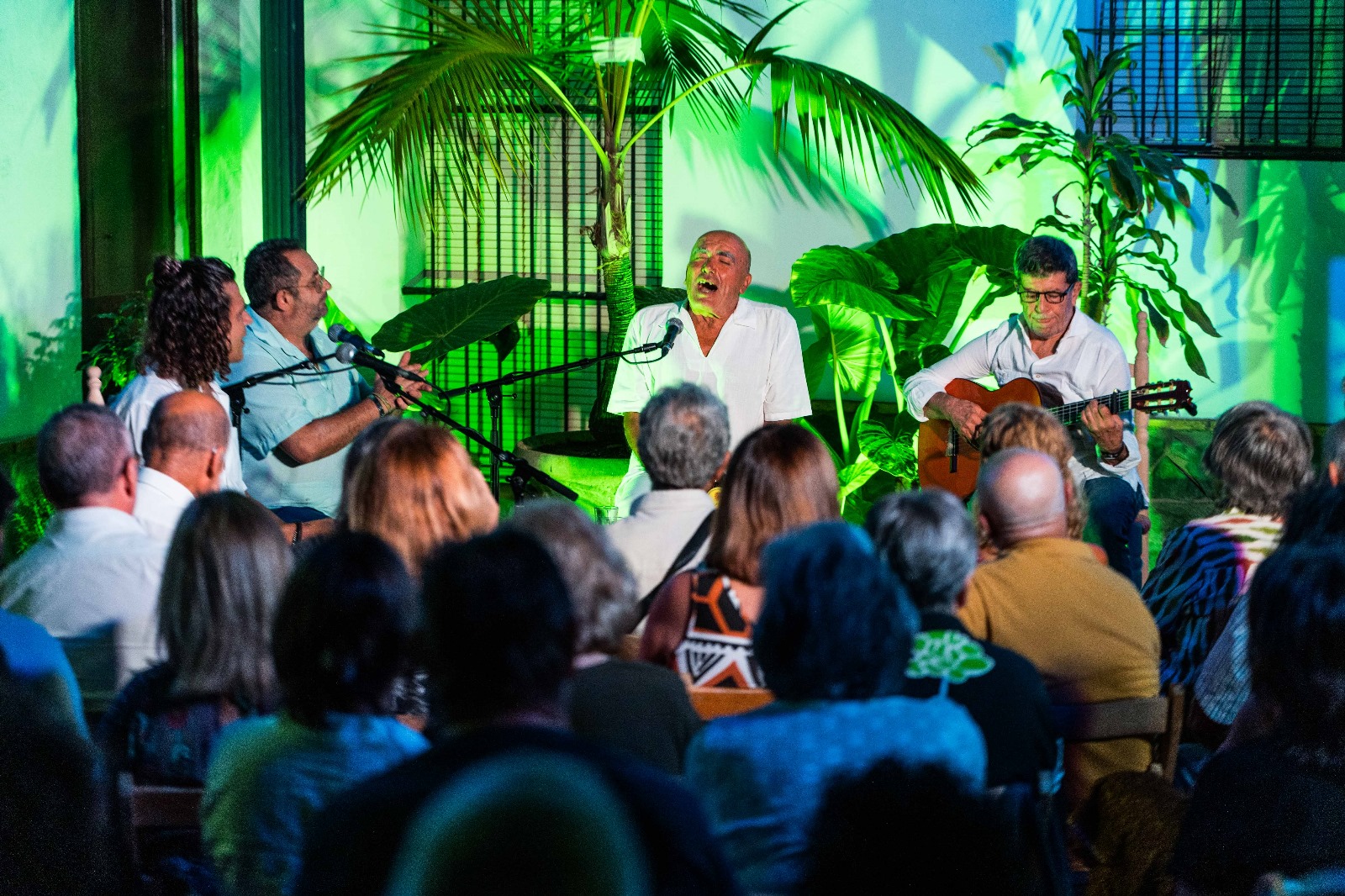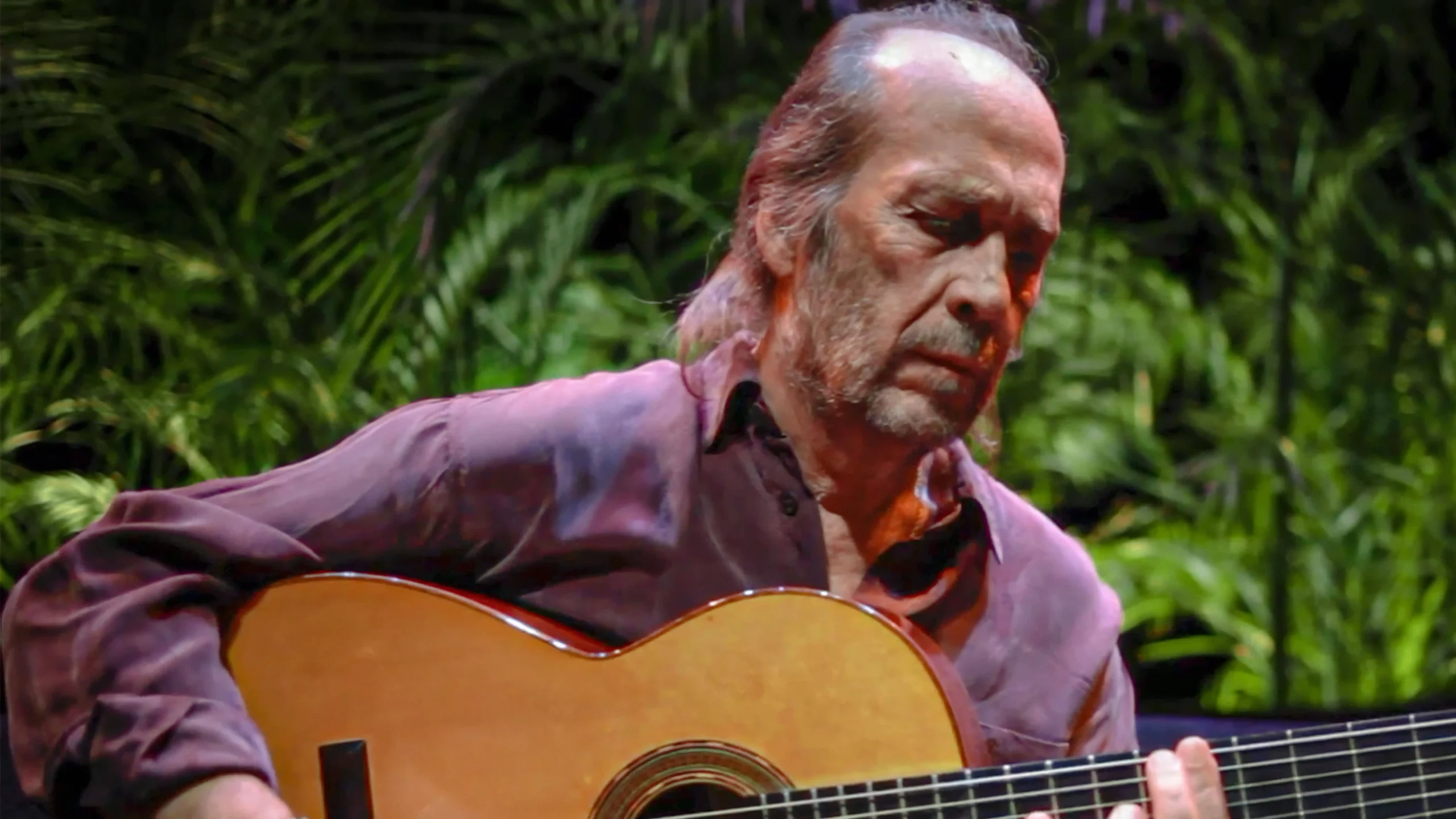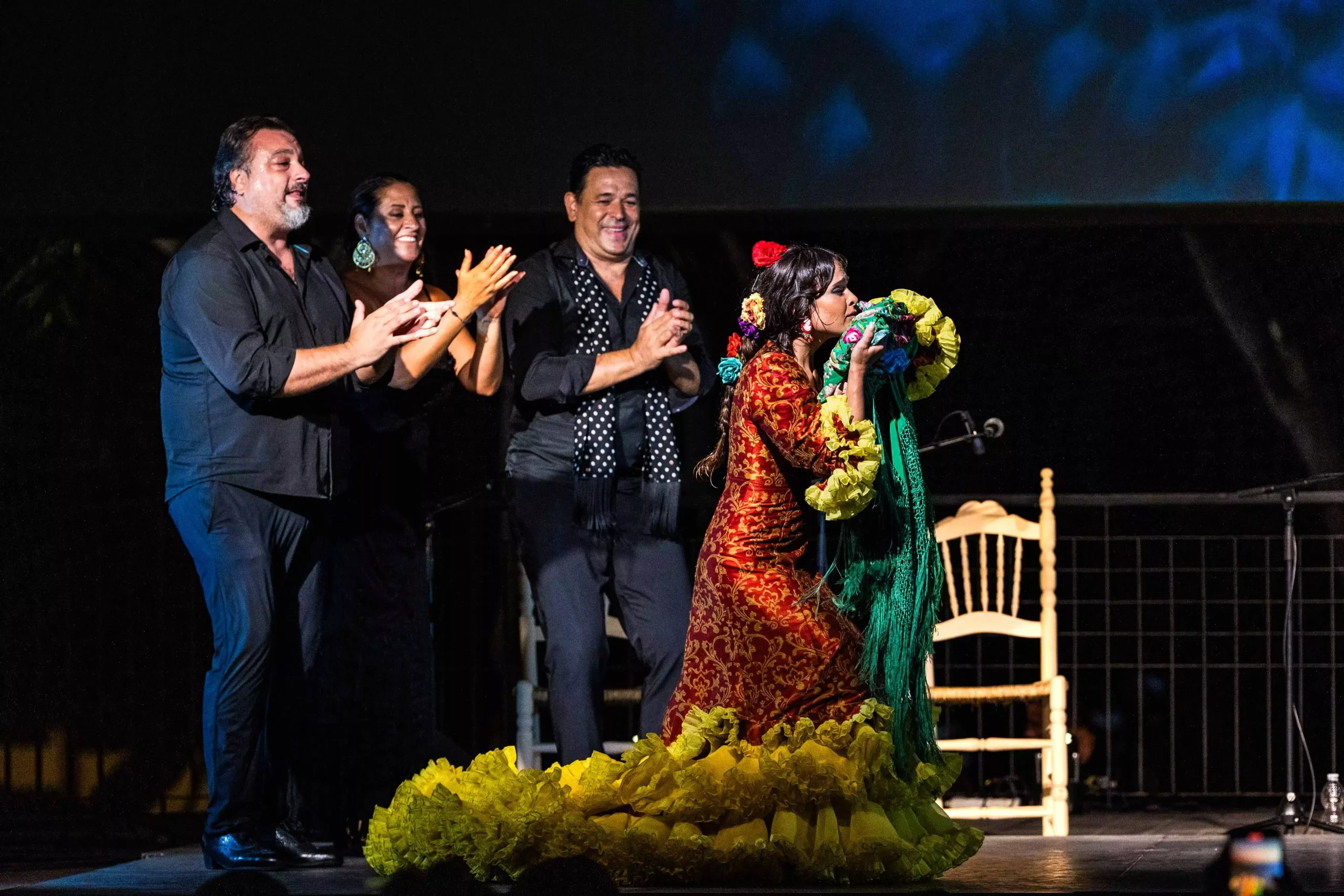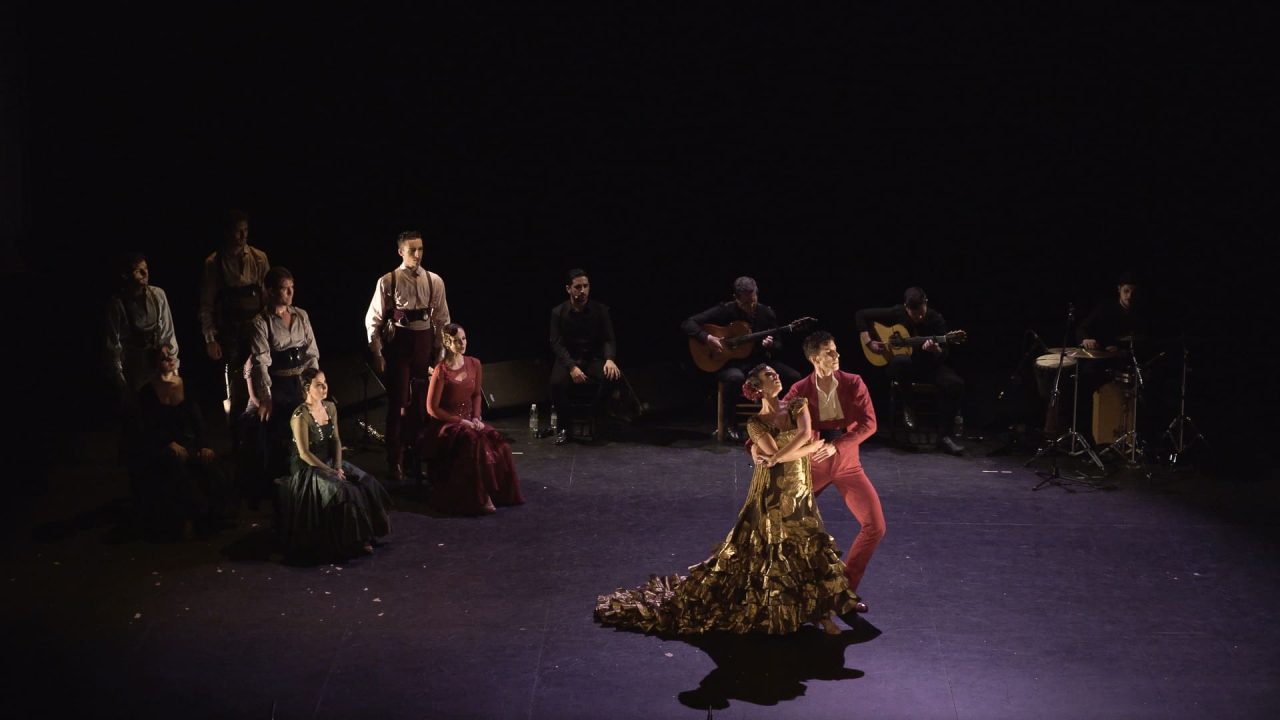What is flamenco and why is it considered a universal art?
Flamenco is an artistic expression from Andalusia that combines singing (cante), dancing (baile), and guitar playing (toque). Deeply rooted in the cultural history of southern Spain, flamenco has evolved over centuries through Moorish, Jewish, Christian, and especially Gypsy influences. Recognized by UNESCO as Intangible Cultural Heritage of Humanity since 2010, flamenco is a universal art that transcends borders.
What are the origins of flamenco?
Flamenco was born in Andalusia, particularly in regions like Jerez, Seville, Cádiz, and Granada, during the 18th century, although its roots trace back even further. The first written records appear in the 19th century with the emergence of cafés cantantes, crucial spaces for its professionalization.

What is cante flamenco and what are its main styles?
Cante flamenco is the vocal form of flamenco. There are more than 50 flamenco styles (palos), each with its own rhythm, structure, and emotional tone: soleá, seguiriyas, alegrías, bulerías, tangos, among others. Each palo conveys a specific mood and cultural context.
What defines flamenco guitar playing?
The flamenco guitar is the harmonic soul of flamenco. It is distinguished by techniques such as rasgueo, tremolo, picado, and alzapúa. The guitarist accompanies singers and dancers and can also perform complex solo pieces. Flamenco guitars differ from classical guitars in both construction and execution: they are often narrower, with strings closer to the fretboard, and produce a more percussive and sharp sound—ideal for accompanying flamenco rhythms.
Moreover, flamenco guitarists engage in a dynamic dialogue with other performers, improvising and reacting in real time. Masters like Paco de Lucía, Manolo Sanlúcar, Vicente Amigo, and Tomatito have elevated flamenco guitar to a universal art form.

Why is flamenco dance so important?
Flamenco dance conveys emotion through movement. It features expressive use of arms and hands, rhythmic footwork (zapateado), spins, and dramatic poses. It captures the full emotional spectrum—from joy to sorrow.
Each dancer brings a unique perspective: technical, visceral, or symbolic. Some palos call for solemnity (like seguiriyas or soleá), while others (like alegrías or bulerías) evoke celebration.
Flamenco dance is a language of its own: the body marks the rhythm, responds to the guitar and voice, and improvises with nuance or explosive force. Audiences often connect emotionally through these expressive gestures.
What is compás and why is it essential?
Compás is the rhythmic structure that underpins flamenco. Each palo has a specific compás, recognizable through accented beats and clapping patterns. Understanding compás is key to accurate performance.
Unlike many music styles with uniform or free rhythm, flamenco’s compás defines each palo’s identity. There are binary patterns (like tangos or tientos) and complex 12-beat cycles used in bulerías, soleás, or alegrías.
Compás is expressed through palmas (clapping), percussion, dancer’s footwork, and guitar. It is the pulse that guides performers and fosters implicit communication. Mastering compás requires more than counting—it demands deep listening, practice, and feeling.

What is “duende flamenco” and can it be explained rationally?
Duende is the magical, ineffable moment in flamenco where profound emotion takes over. It envelops both performer and audience. While hard to define, some recent studies attempt to analyze it scientifically.
Where can I experience authentic flamenco?
In tablaos, flamenco clubs (peñas), theaters, and festivals. Key cities include Jerez, Seville, Madrid, and Granada. You can also experience flamenco from home with ALL FLAMENCO, a channel with more than 1,500 titles in 4K featuring top artists past and present.
What does ALL FLAMENCO offer to learn and enjoy flamenco?
ALL FLAMENCO is the leading themed channel for flamenco lovers. Available on 9+ platforms, it offers:
- Concerts and festivals in 4K
- Documentaries, interviews, and specials
- Master classes with national and international maestros
- A constantly updated catalog
- Access in Spanish, English, and Japanese
Discover more at: https://allflamenco.net

